Students at the renowned Medical Academy for Science and Technology (MAST Academy), a secondary magnet high school located in Homestead, Florida, have recently launched a campaign to support the goal of the Lampidis Cancer Foundation to raise funds and awareness for 2-DG research and help develop a universal cure for cancer.
2-DG is the focus of Dr. Theodore Lampidis’ groundbreaking cancer research at the University of Miami. He discovered that those cancer cells within a tumor that are resistant to standard chemotherapy can be effectively targeted and killed by using 2-DG, a simple analog of glucose. Furthermore, Dr. Lampidis has recently found that by combining 2-DG with fenofibrate, a commonly used cholesterol medication, the entire tumor can be killed without the need for toxic chemotherapy.
Even though Dr. Lampidis’ work has recently received Congressional recognition, 2-DG cannot be patented, so pharmaceutical companies are not interested in funding research that they can’t make money from. And federal funding for cancer research has suffered a sharp decline in recent years.
Max Losner, Senior Class President at MAST, commented: “MAST students represent the future of scientific research and discovery. It’s up to us to step in where industry is failing, and raise the flag for viable cancer treatments like 2-DG. We plan to spread the word through social media, and encourage other students at schools and universities to join our cause.”
“We are delighted and honored to have the recognition and support of the very talented students at MAST @ Homestead,” said Dr. Lampidis, after giving a lecture on the fundamentals of 2-DG to the students. “Their enthusiasm is infectious, and the Students for 2-DG! initiative will undoubtedly make a significant impact in our fight to bring this universal cancer treatment to benefit patients worldwide.”
Follow us at: @Studentsfor2DG
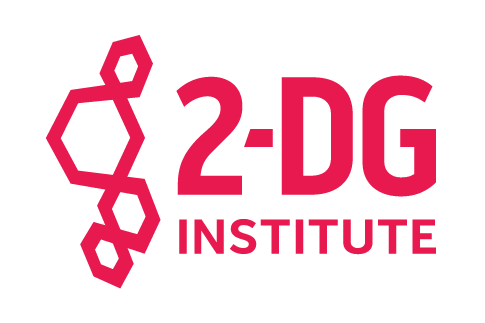
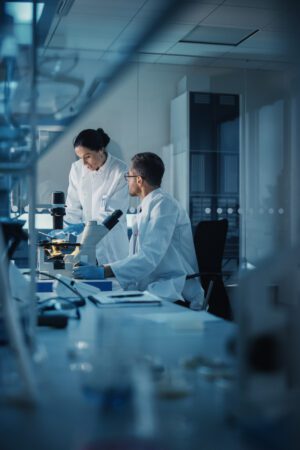
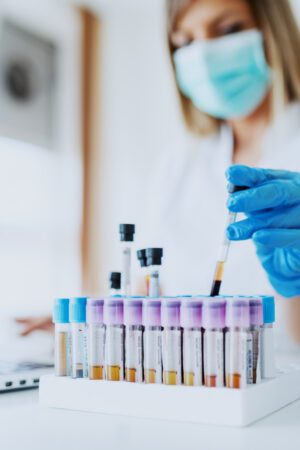
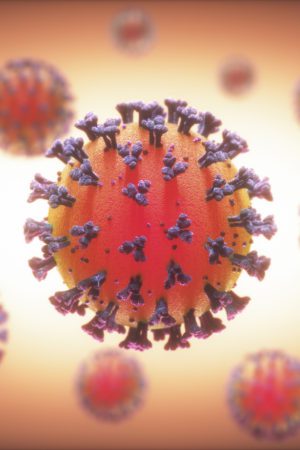
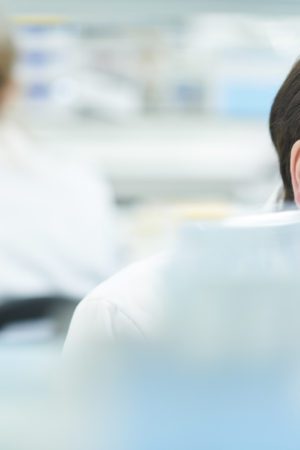
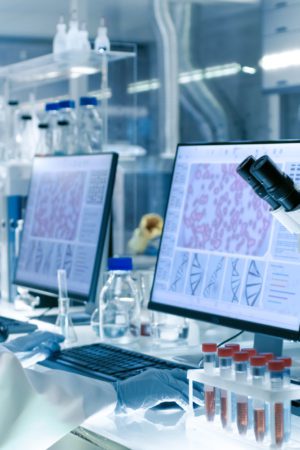
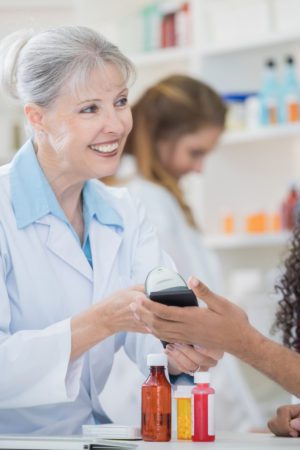
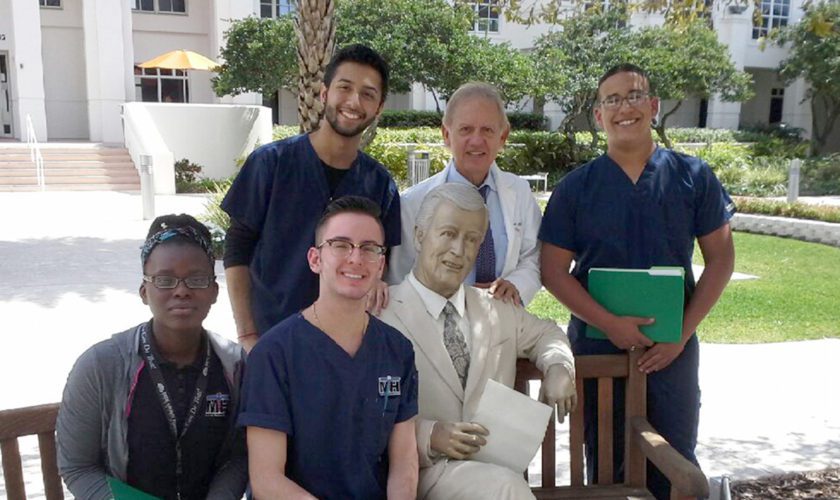
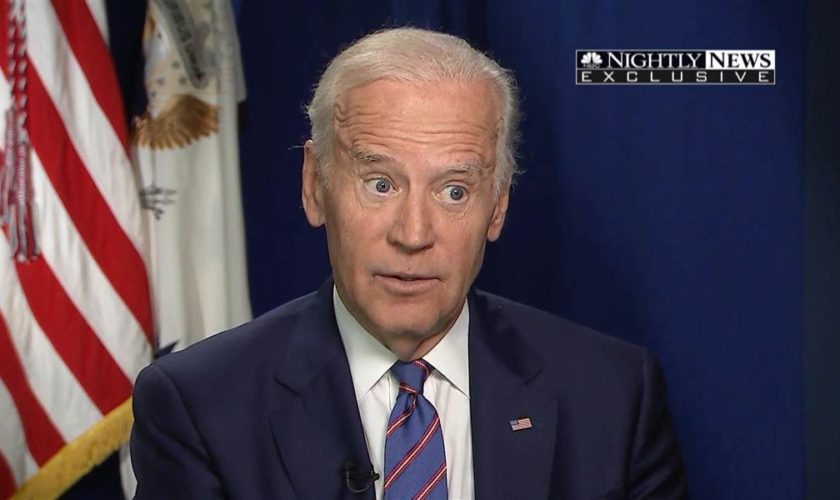
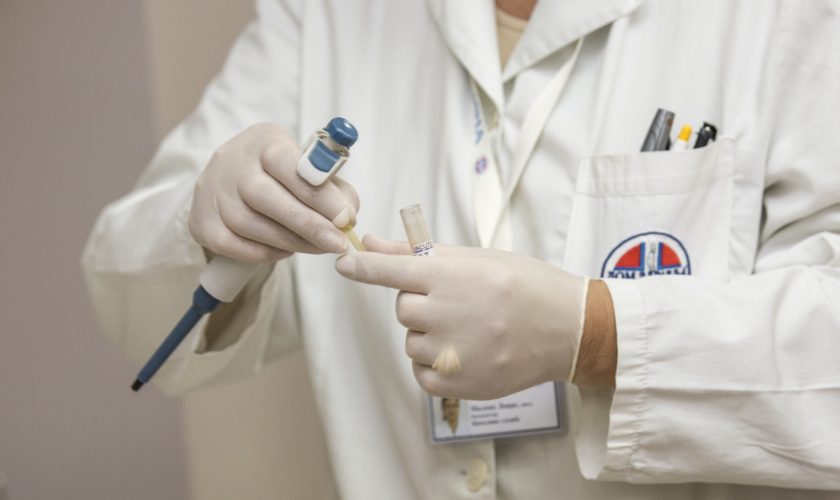
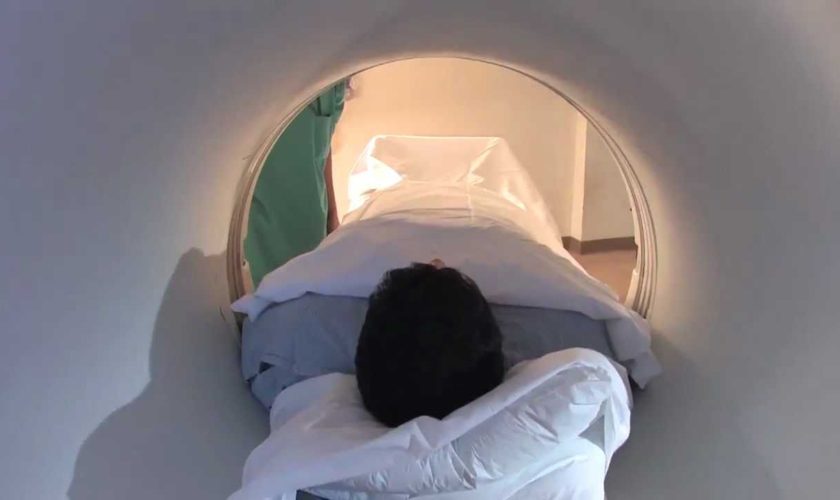
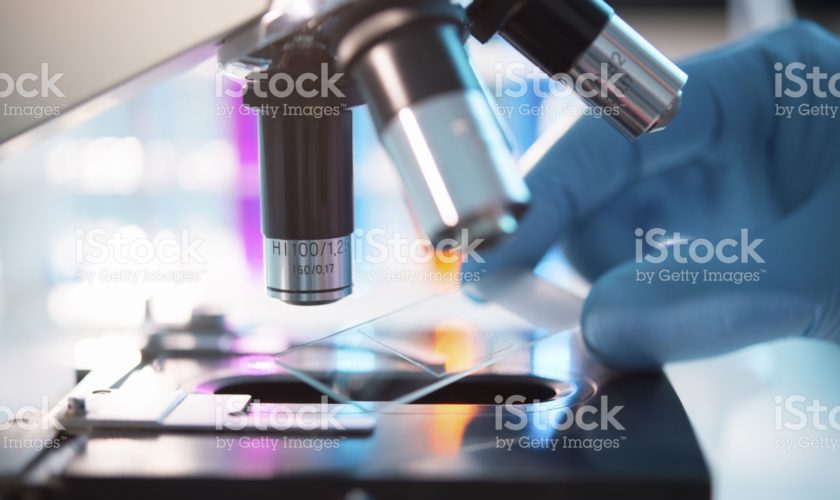
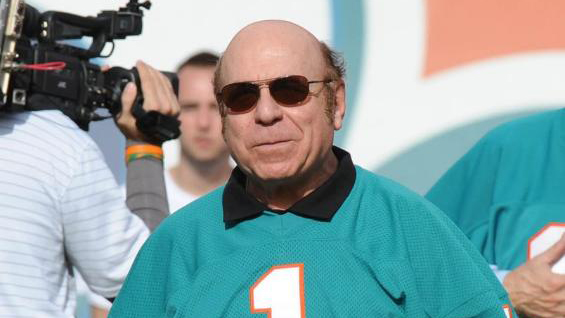




 Dr. Theodore Lampidis Laboratory located at Pap 124 receiving the award.
Dr. Theodore Lampidis Laboratory located at Pap 124 receiving the award.